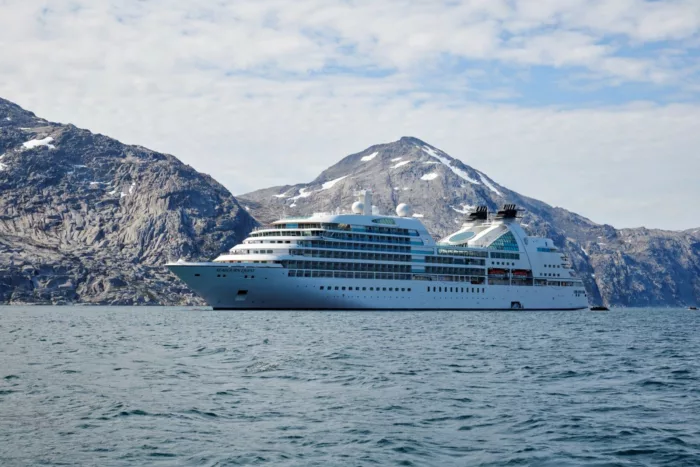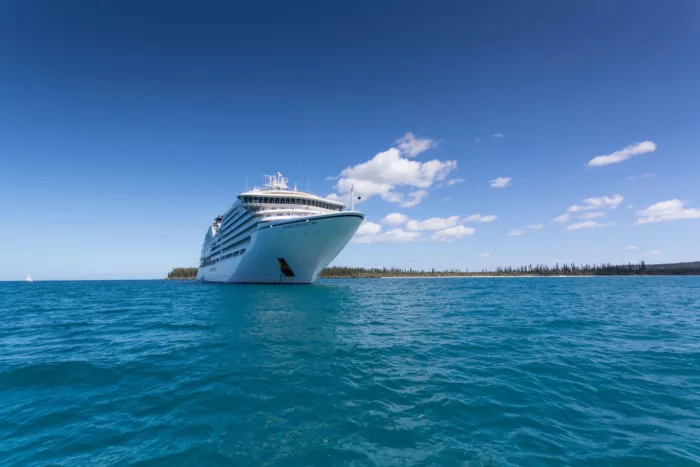
Seabourn
For decadent luxury that sails hand-in-hand with personalised experience and in-depth access to world heritage, may we introduce Seabourn Cruises.
Blending nimble power and grace with beautifully designed spaces, Seabourn ships can be likened to lavish resorts. Except, uniquely, the staff already know you just as they also remember your favourite drink.
317
Passengers
120
Crew
2023
Launched
23000t
Tonnage
170m
Length
26m
Width
22kts
Speed
8
Decks
USD
Currency
Cruise Itinerary
Ship Details


Seabourn
Seabourn Pursuit
One year after the delivery of Seabourn Venture, her sister ship, Seabourn Pursuit was delivered on July 31, 2023 and is the newest addition to the ultra-luxurious Seabourn fleet. Purpose built for exploring the remote destinations and extraordinary wonders larger cruise ships cannot reach while providing world-class luxury and service.
Cabins
All Prices















